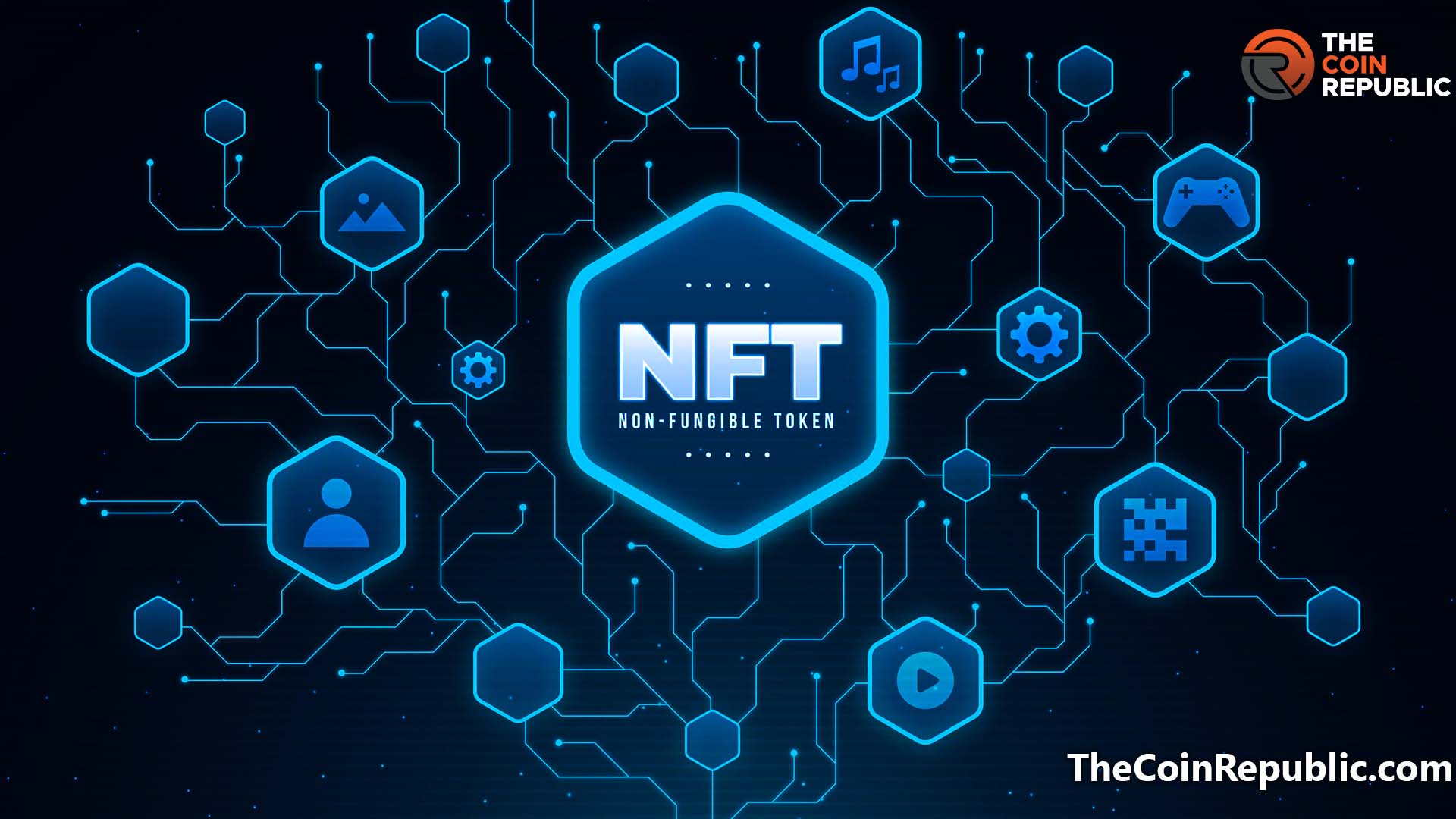Researchers propose a new scheme to help courts test deanonymized blockchain data

[gpt3]rewrite
A team of researchers from the Friedrich-Alexander-Universität Erlangen-Nürnberg recently published a paper describing methods investigators and courts can use to determine the validity of deanonymized data on the Bitcoin (BTC) blockchain.
The team’s preprint paper, “Argumentative Forms for Blockchain Deanonymization,” lays out a plan for conducting, verifying, and presenting investigations of crimes involving cryptocurrency transactions. While the paper focuses on the German and American legal systems, the authors state that the findings should be generally applicable.
Bitcoin-related crime investigations revolve around de-anonymizing suspected criminals, a process made more challenging by the pseudonymous nature of blockchains. Users performing blockchain transactions are identified by wallets (unique software addresses) rather than legal names.
However, blockchains are inherently transparent. Every time data is added to a blockchain ledger, the transaction is recorded and made available to anyone who has access to the blockchain.
Investigators trying to find out who is behind a specific wallet use the information embedded in blockchain transactions (blocks) as data points that, when combined, form a digital paper trail.
According to the research group, the current bottleneck when it comes to these investigations is no longer a technological one; it is a legal issue.
Law enforcement agencies have access to the tools needed to perform preliminary blockchain analysis, but these early data points represent circumstantial evidence.
This evidence relies on certain raw assumptions that can only be validated by linking on-chain activity to off-chain activity, such as forcing an exchange to reveal the identity or bank account information of users suspected of criminal involvement. According to the newspaper:
“In legal practice, these prerequisites are crucial for deriving the probative value of the de-anonymization of a perpetrator. However, no standard practice has been proposed for deriving and discussing the reliability of these analytical results.”
If done correctly, blockchain investigations can reveal the perpetrator of a crime. The researchers cite the Wall Street Market case as an example. There, US Postal Service investigators identified the operator of an illegal dark web marketplace by connecting various data points that law enforcement officials confirmed through surveillance operations.
Related: German police seize six figures in crypto from suspects involved in dark web
However, the researchers state that such investigations run the risk of infringing the suspect’s rights due to legal requirements. Prosecutors (in Germany and the US, according to the paper) must demonstrate a certain level of evidence of guilt before a warrant for invasive investigations, such as surveillance or arrests, is issued.
To assist investigators and prosecutors while ensuring that the law is applied fairly to suspects, the researchers propose a standard framework that contains five argument schemes designed to ensure proper reporting and explanation throughout the legal process.

The image above shows two of the schemes, each of which uses a set of defined premises to frame a specific conclusion and then provides a set of critical questions to assess the strength of the argument.
The researchers claim that “using the schemes, an analyst can clearly articulate the heuristics employed, their individual strengths and potential weaknesses. This increases the understanding of such analyzes and legal proceedings for the decision makers, and facilitates the documentation for later verification by an expert witness.”
[gpt3]

























